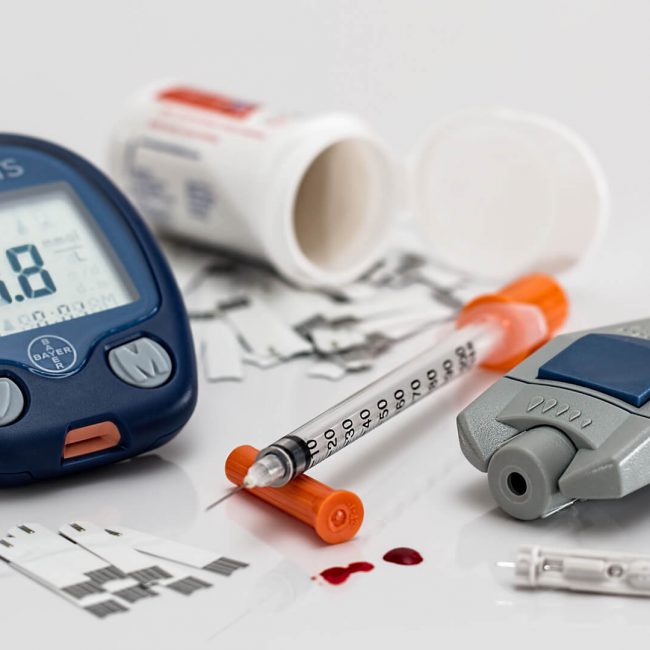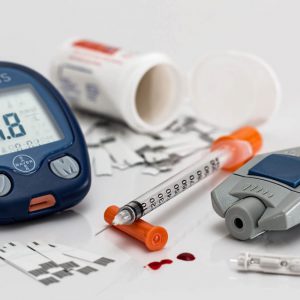Hepatitis B surface antigen (HBsAg) is often used as a marker of HBV replication. Clearance of HBsAg indicates “immunological cure.”
This test is done to: 1) Confirm ongoing hepatitis B virus (HBV) replication
2) Differentiate phases of HBV infection
3) Evaluate prognosis of hepatitis B envelope antigen (HBeAg)-negative (genotype B or C) patients
4) Monitor response to treatment with pegylated interferon (peg-IFN) or nucleos(t)ide analogs (NAs)
HBsAg levels fluctuate during the phases of HBV infection, which include: 1) immune-tolerant, 2) immune-clearance, 3) low replication (inactive carrier), and 4) reactivation (HBeAg-negative chronic hepatitis B). For HBeAg-positive patients, high levels of HBsAg are consistent with the immune-tolerant phase. For HBeAg-negative patients, high levels of HBsAg are consistent with the reactivation (active) phase.



